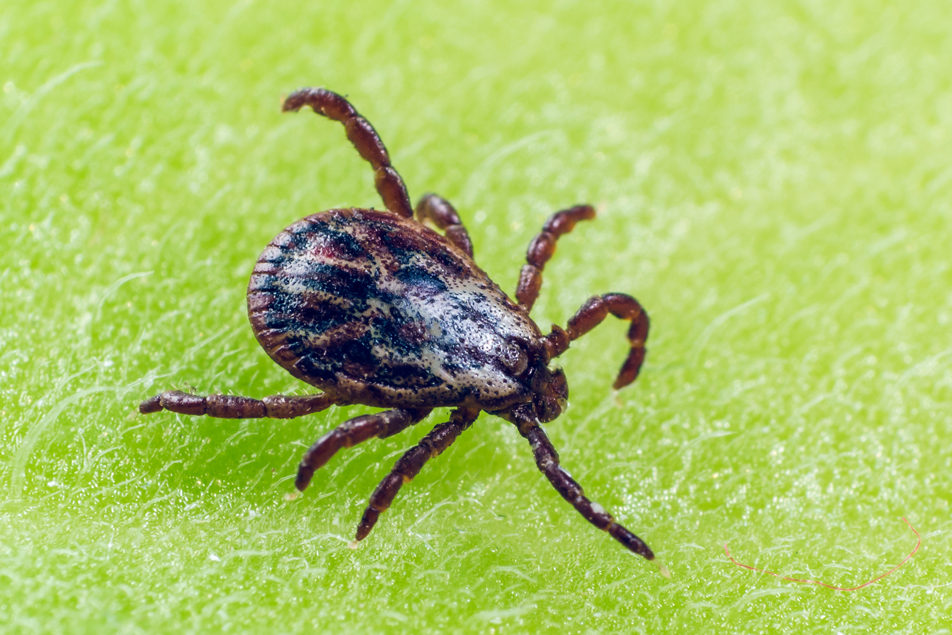
Once the temperature hits 45 degrees, most outdoor adventurers will brave the elements for their hobby of choice. The bad news? So will ticks. While they can’t fly or jump, these pesky parasites will climb several feet to find a host. Of course, this threat brings with it that of Lyme disease, a bacteria transmitted by the deer tick. Svetlana Hagan, MD, PPG – Family Medicine, answers our questions about prevention, detection and treatment for this warm-weather hazard.
What is Lyme disease?
Lyme disease is an illness, which affects both people and dogs, and is caused by bacteria carried by certain species of ticks.
Where are ticks most commonly found?
Ticks are found in tall grass and on the leaves of bushes and trees. The ticks that carry Lyme disease mature on deer and mice.
Are the bacteria transmitted immediately?
People and dogs may be infected with Lyme disease after being bitten by a tick if the parasite stays attached to the skin for over 36 hours. Lyme disease cannot be transmitted from person to person or from a dog to a person.
What are the symptoms of Lyme disease?
People might experience flu-like symptoms including fever, headache, joint and muscle pain, or rash. The rash usually appears around the area of the tick bite within a month and looks like a red spot growing in size and clear in the center ("bull's-eye"). Some people can develop heart problems and stiff neck.
How should I remove a tick?
If you find a tick on your body, use tweezers to remove it. Grab a tick and pull it out gently to remove the whole insect, including its head. Clean the skin with soap and water. If a tick was attached for at least 36 hours or if you were not able to remove it, you should contact a doctor.
How is Lyme disease diagnosed?
Contact your doctor if you develop any of the above symptoms. There is a blood test for Lyme disease, but it takes several weeks to turn positive after a person is infected.
How is Lyme disease treated?
Lyme disease is treated with antibiotics. Your doctor will decide if you need to take antibiotics right away after a tick bite or if you should wait until you develop symptoms.
5 Tips for preventing tick bites
- Use bug spray.
- Cover your body when you go to a wooded area. You should wear shoes, socks, long pants and a long-sleeved shirt.
- Always check your clothes and body, including your scalp, after being outdoors. Light-colored clothes are best. They will help you see ticks easier.
- Shower shortly after being outdoors.
- Treat your lawn with insecticide and stay away from animals such as mice and deer that might carry ticks.
Helpful resource
Should you experience a tick bite, you can send a picture of the parasite to the University of Rhode Island Tick Encounter Resource Center and they will help you identify whether that species poses a threat of Lyme disease.



